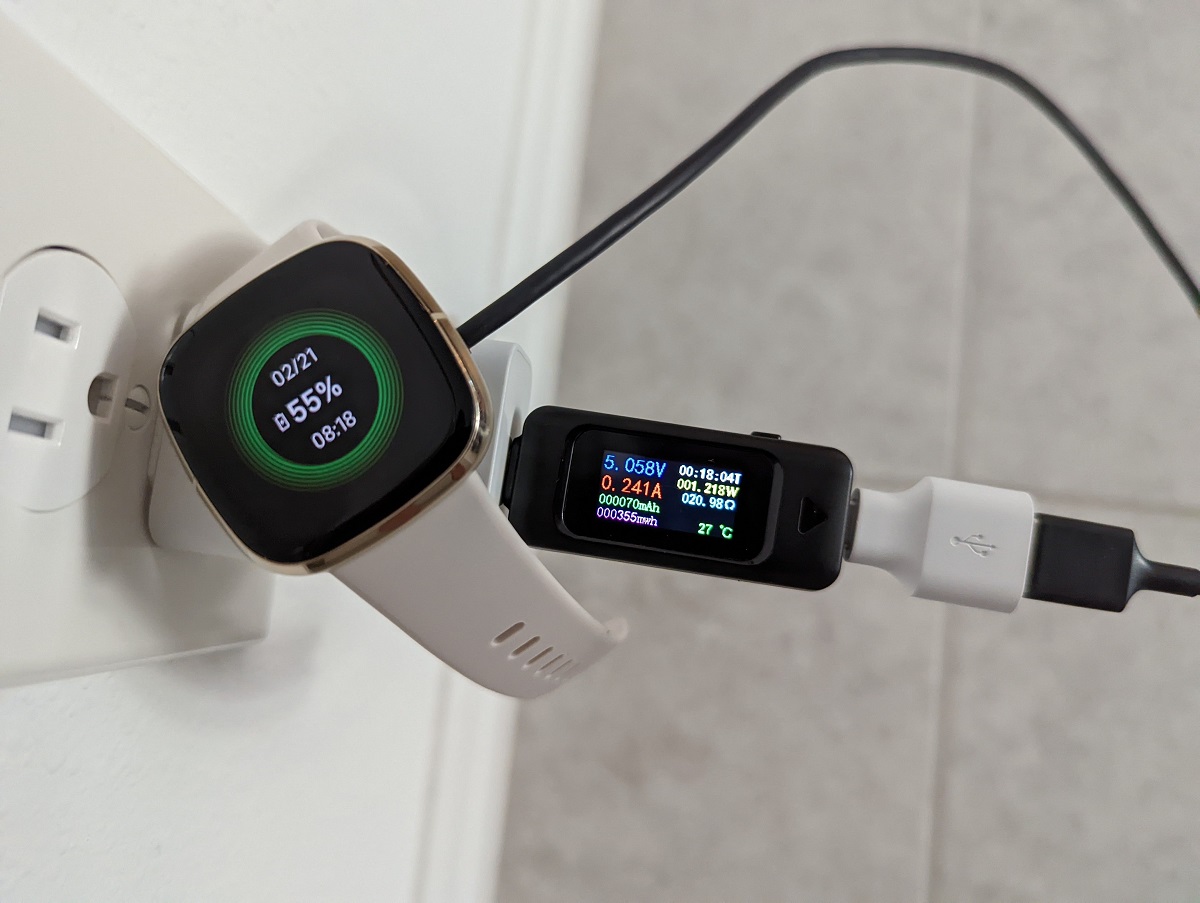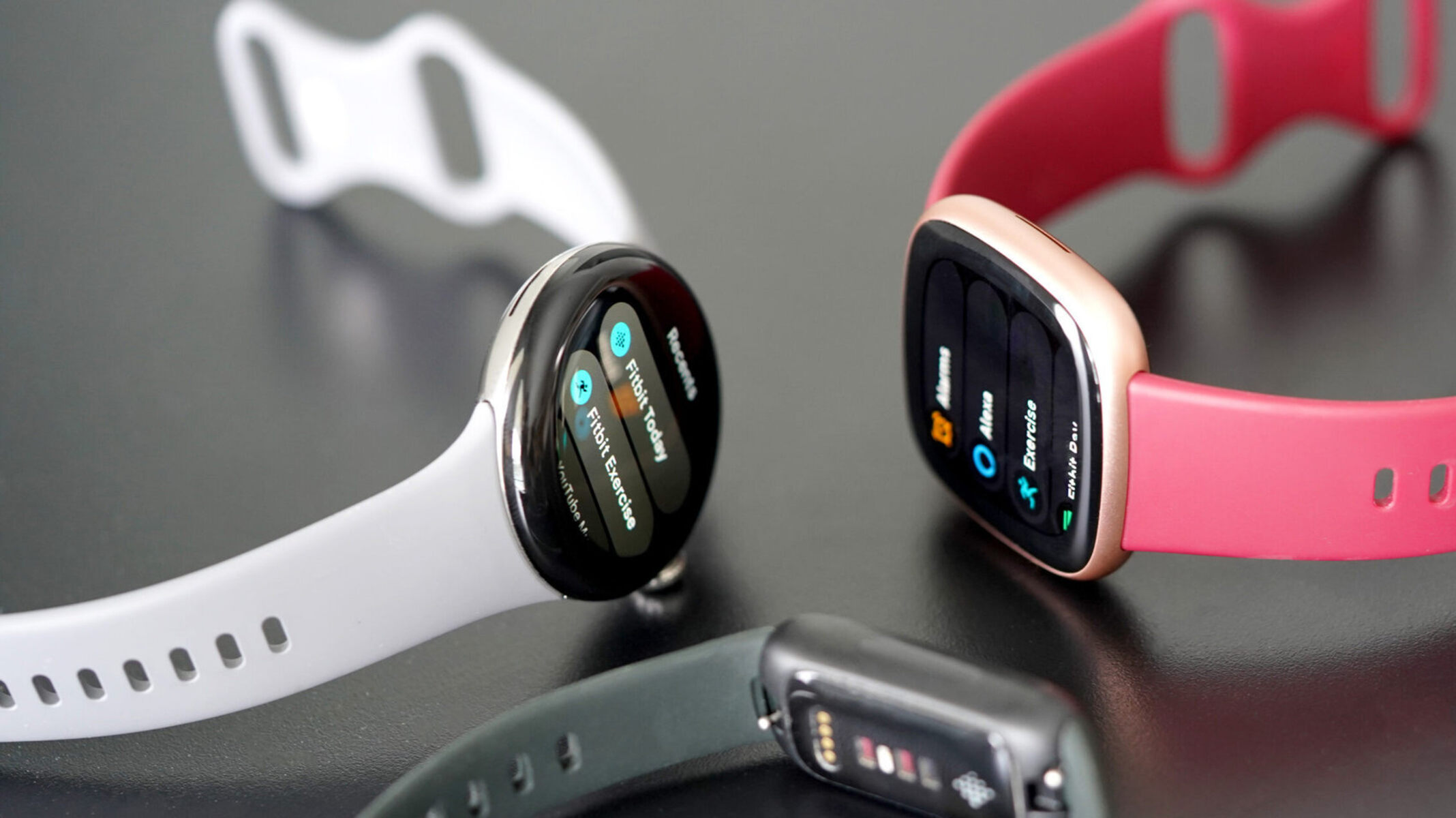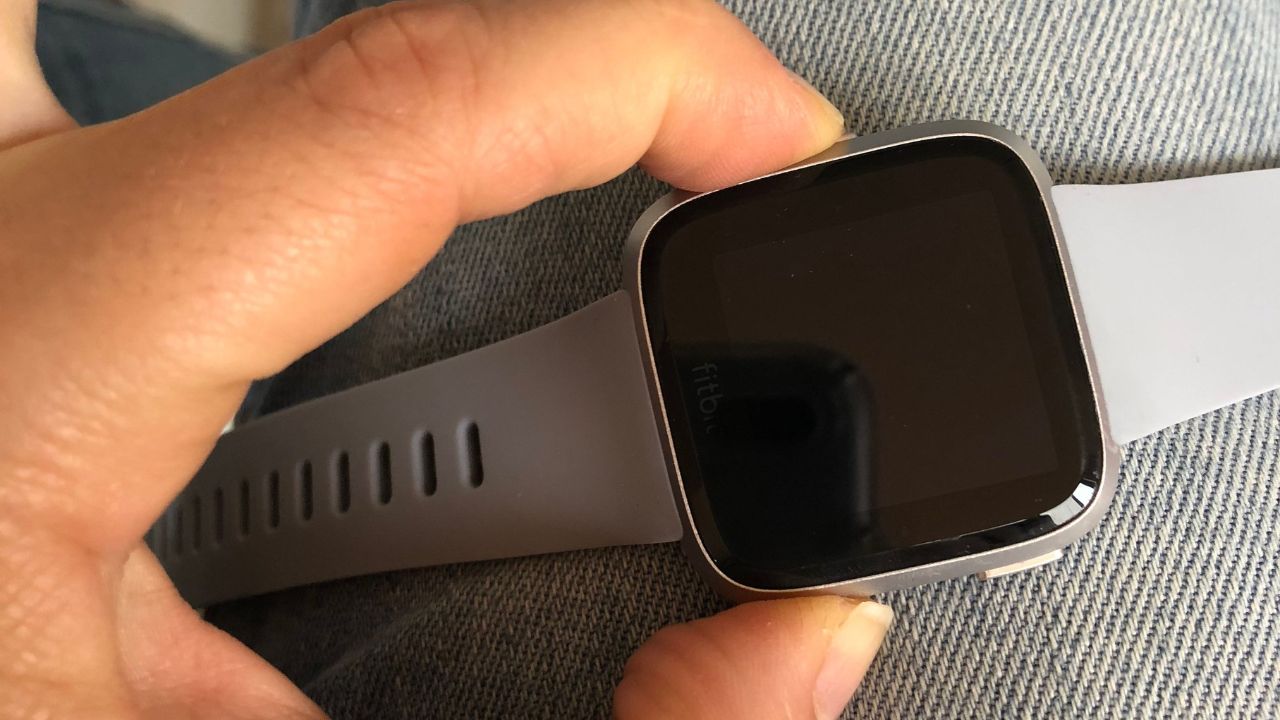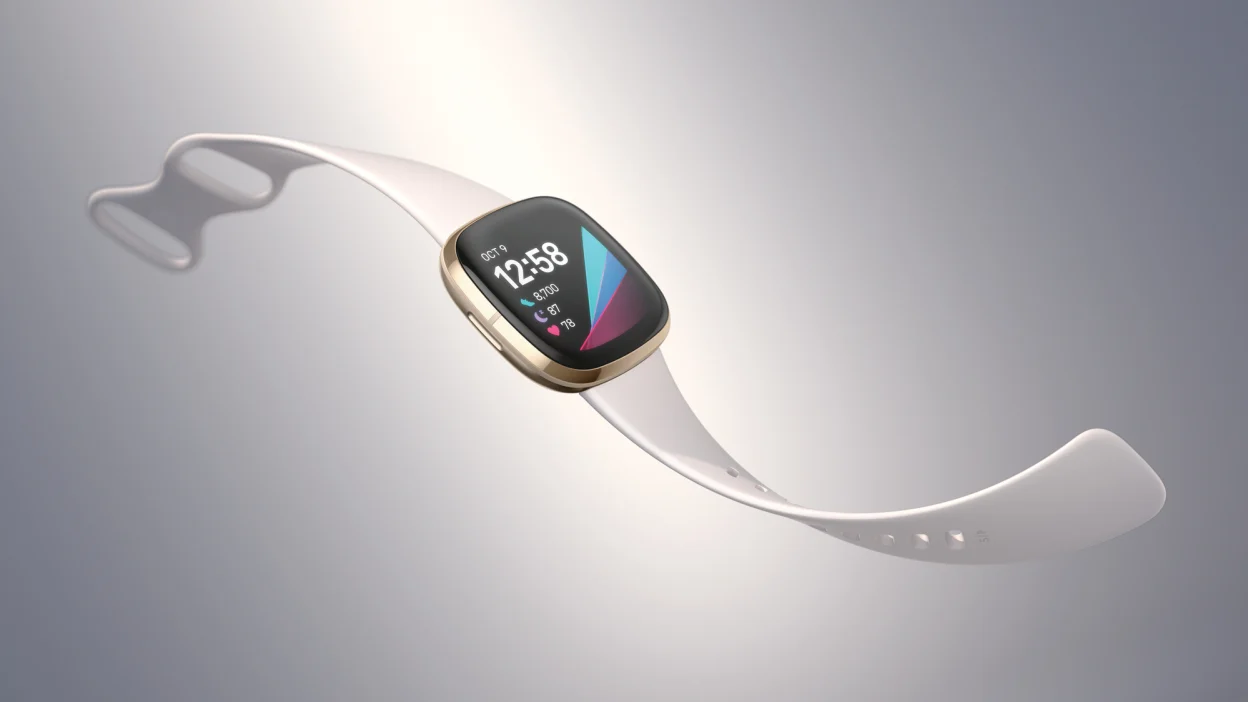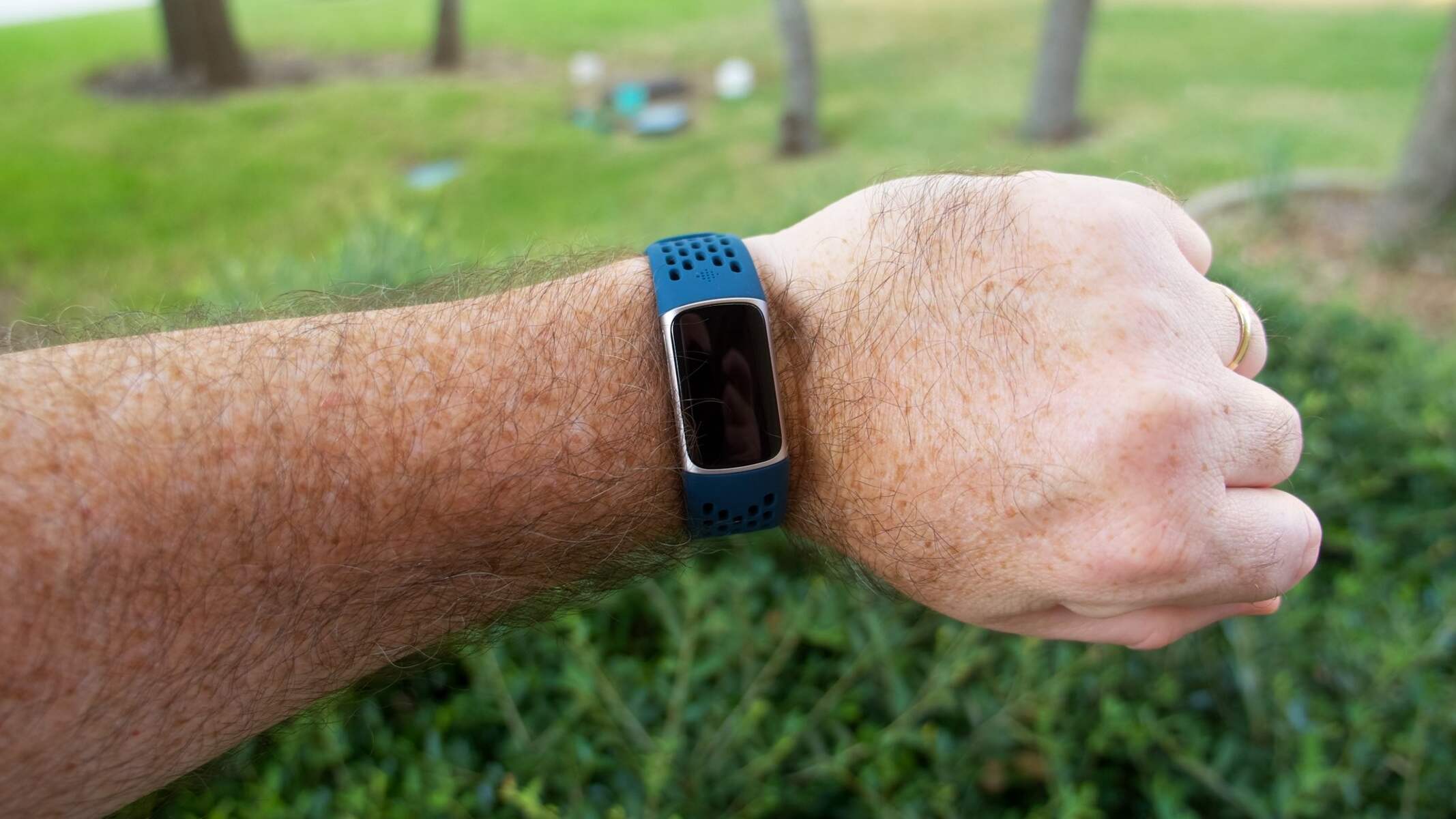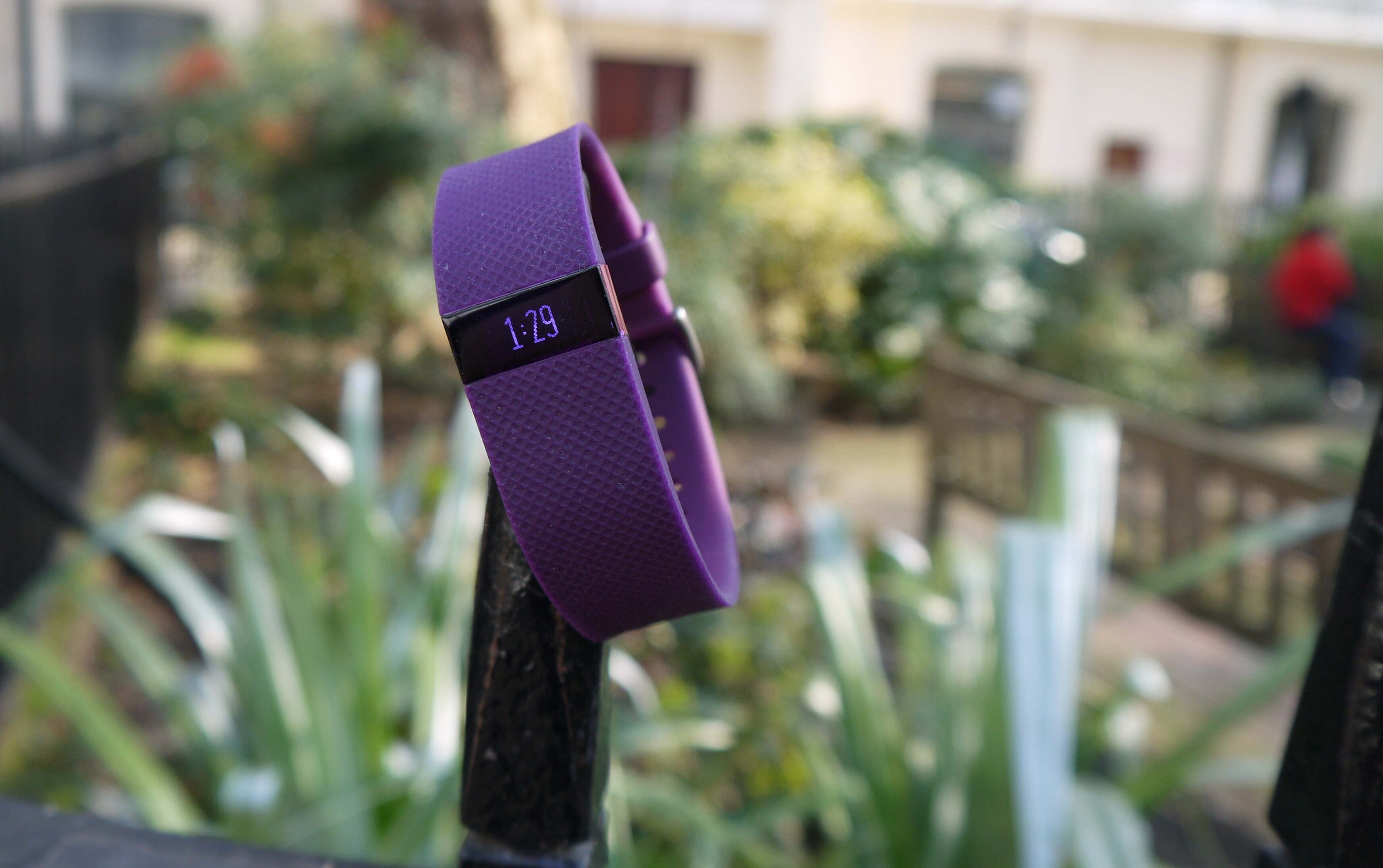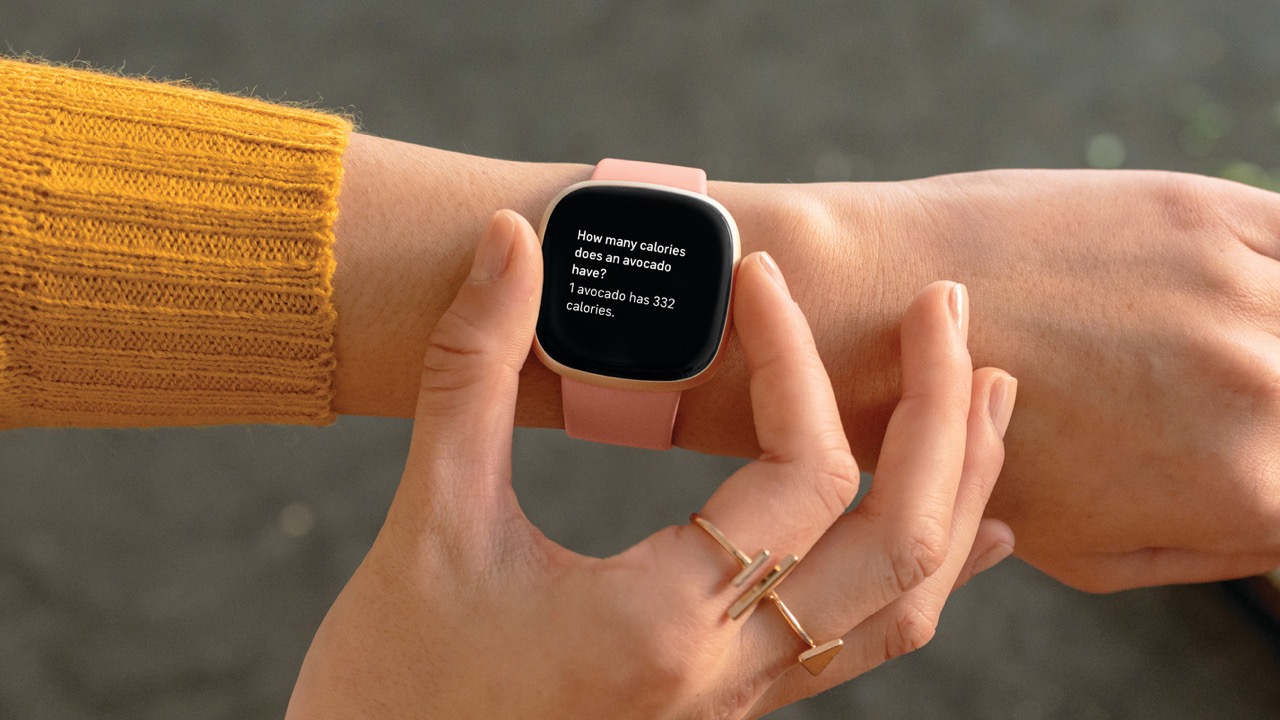Introduction
The Fitbit Sense is a cutting-edge wearable device that seamlessly integrates into our daily lives, helping us monitor our health and stay connected. However, like all electronic devices, the Fitbit Sense may encounter charging issues that can disrupt its functionality. Dealing with Fitbit Sense charging problems can be frustrating, especially when you rely on it to track your fitness progress, monitor your sleep patterns, and keep you connected throughout the day. Understanding the common charging issues and how to troubleshoot them is vital to ensure that your Fitbit Sense remains an essential part of your wellness journey.
In this comprehensive guide, we will delve into the common Fitbit Sense charging issues, providing troubleshooting steps to help you resolve these challenges effectively. Whether you are encountering difficulties with the device not charging, experiencing slow charging, or facing connectivity issues during the charging process, this guide will equip you with the knowledge to address these concerns. By following the troubleshooting steps outlined in this article, you can restore your Fitbit Sense to its optimal performance, allowing you to continue enjoying the full range of features it offers.
Stay tuned as we explore the troubleshooting methods to address these charging woes and ensure that your Fitbit Sense remains a reliable companion on your path to wellness.
Common Fitbit Sense Charging Issues
The Fitbit Sense, an advanced health and fitness smartwatch, is designed to seamlessly integrate into our daily lives. However, users may encounter various charging issues that can disrupt the functionality of this innovative device. Understanding these common charging problems is crucial for troubleshooting and ensuring the uninterrupted use of the Fitbit Sense.
-
Device Not Charging: One of the most prevalent issues reported by Fitbit Sense users is the device not charging when connected to the charger. This can be frustrating, especially when you rely on the device to track your health and fitness data. The causes of this issue can range from a faulty charging cable, debris accumulation in the charging port, or a drained battery.
-
Slow Charging: Some users have experienced slow charging times with their Fitbit Sense, leading to prolonged periods of downtime. Slow charging can be attributed to factors such as a low-power power source, a defective charging cable, or background apps consuming power during the charging process.
-
Connectivity Issues During Charging: Another common issue is the Fitbit Sense encountering connectivity problems when connected to the charger. This can result in intermittent charging, incomplete charging cycles, or the device failing to recognize the charging cable.
-
Overheating During Charging: Overheating during the charging process is a concern for many Fitbit Sense users. Excessive heat can not only affect the device's battery but also pose safety hazards. Overheating may be caused by using an incompatible charger, environmental factors, or a malfunctioning battery.
-
Inconsistent Battery Performance: Some users have reported inconsistent battery performance, with the Fitbit Sense discharging rapidly or failing to hold a charge for the expected duration. This can be attributed to software glitches, battery degradation, or excessive background activity draining the battery.
By understanding these common charging issues, Fitbit Sense users can proactively address these challenges and ensure the seamless operation of their device. In the following section, we will explore effective troubleshooting steps to resolve these charging woes and restore the Fitbit Sense to optimal functionality.
Troubleshooting Steps
When encountering charging issues with your Fitbit Sense, it's essential to follow a systematic approach to identify and resolve the underlying causes. By implementing the following troubleshooting steps, you can effectively address common charging woes and ensure the seamless operation of your device.
-
Inspect the Charging Cable and Port: Begin by examining the charging cable for any signs of damage, such as frayed wires or bent connectors. Similarly, inspect the charging port on your Fitbit Sense for debris accumulation or foreign objects that may impede the connection. Ensure that both the cable and the port are clean and free from any obstructions.
-
Use a Certified Charger: It is crucial to use the official Fitbit Sense charger or a certified third-party charger that is compatible with the device. Using an uncertified charger can lead to charging issues, including slow charging, connectivity problems, and overheating. By utilizing a certified charger, you can optimize the charging process and minimize the risk of encountering charging-related issues.
-
Restart Your Fitbit Sense: Performing a restart on your Fitbit Sense can help alleviate temporary software glitches that may be affecting the charging functionality. To restart the device, go to the Settings menu and select the Restart or Reboot option. After the restart, attempt to charge the device again and monitor its performance.
-
Ensure a Stable Power Source: When charging your Fitbit Sense, ensure that the power source, whether it's a wall outlet or a USB port, provides a stable and consistent power supply. Avoid connecting the device to a fluctuating power source, as this can lead to slow charging or intermittent connectivity issues.
-
Close Background Apps: If you notice slow charging or connectivity issues during the charging process, it's advisable to close any background apps running on your Fitbit Sense. Background apps consuming power can impede the charging efficiency and lead to prolonged charging times.
-
Update Fitbit Software: Check for any available software updates for your Fitbit Sense. Software updates often include bug fixes and optimizations that can address charging-related issues. Ensure that your device is running the latest firmware to benefit from improved charging performance and overall stability.
-
Contact Fitbit Support: If you have followed the troubleshooting steps and continue to experience charging issues with your Fitbit Sense, it is recommended to reach out to Fitbit's customer support. The dedicated support team can provide personalized assistance and further guidance to resolve persistent charging problems.
By systematically implementing these troubleshooting steps, you can effectively address common Fitbit Sense charging issues and restore the seamless functionality of your device. Whether it's resolving connectivity issues, optimizing charging efficiency, or ensuring consistent battery performance, proactive troubleshooting can enhance the overall user experience with the Fitbit Sense.
Contacting Fitbit Support
If you have diligently followed the troubleshooting steps and continue to encounter persistent charging issues with your Fitbit Sense, reaching out to Fitbit Support can provide personalized assistance to address these concerns effectively. Fitbit's dedicated customer support team is committed to ensuring that users receive the necessary guidance and support to resolve any technical challenges they may experience with their devices.
When contacting Fitbit Support, it is essential to provide detailed information about the specific charging issues you are facing. Be prepared to describe the symptoms, such as the device not charging, slow charging, connectivity problems during charging, or any other related issues. Additionally, sharing the troubleshooting steps you have already taken can help the support team understand the extent of the problem and tailor their assistance accordingly.
Fitbit offers multiple channels for users to seek support, including online resources, community forums, and direct customer service communication. The official Fitbit website provides a wealth of troubleshooting guides, FAQs, and support articles that can offer valuable insights into resolving charging issues. Users can explore these resources to gain a better understanding of potential solutions before reaching out to customer support.
For more personalized assistance, users can engage with the Fitbit community forums, where fellow users and Fitbit moderators actively participate in discussions and provide helpful advice based on their experiences. The community forums serve as a valuable platform for sharing insights, troubleshooting tips, and connecting with other Fitbit users facing similar challenges.
In cases where direct intervention is necessary, Fitbit offers customer support through various communication channels, including email support and live chat. By initiating a support ticket or engaging in live chat, users can communicate their specific charging issues directly to the support team and receive tailored guidance to address the underlying causes.
It is important to note that Fitbit's customer support team is dedicated to ensuring a positive user experience, and they are equipped to handle a wide range of technical issues, including charging-related concerns. By leveraging the expertise and assistance provided by Fitbit Support, users can effectively troubleshoot and resolve charging issues, ultimately restoring the seamless functionality of their Fitbit Sense.
In summary, contacting Fitbit Support offers a direct pathway to personalized assistance and expert guidance in resolving persistent charging issues with the Fitbit Sense. Whether through online resources, community engagement, or direct communication with the support team, users can leverage these channels to address their concerns and ensure the optimal performance of their Fitbit devices.







